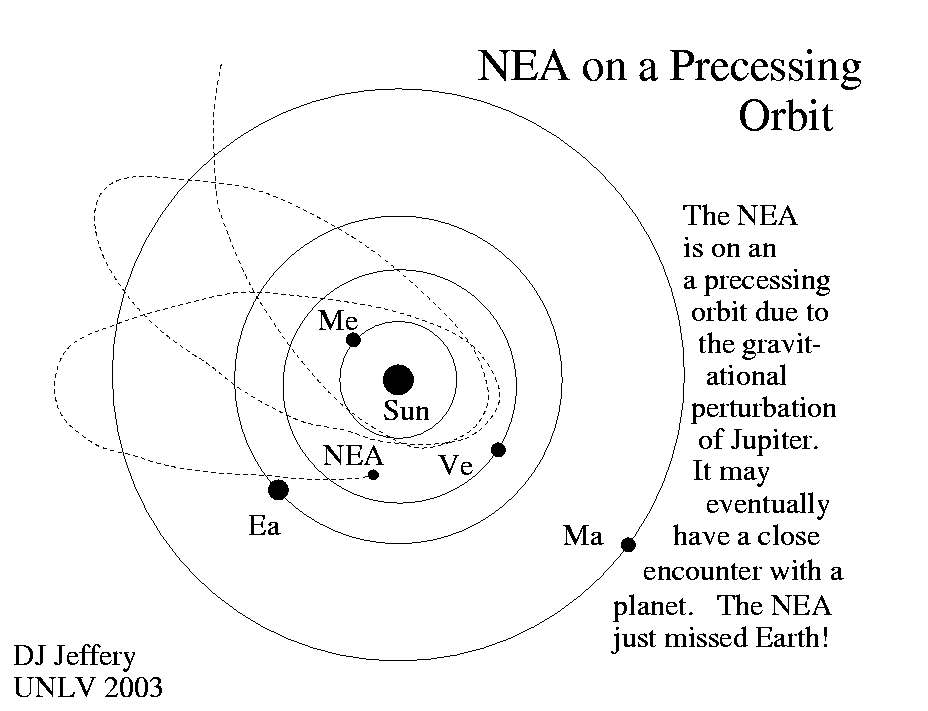
Image 1 Caption: A cartoon of a near-Earth asteroid (NEA) on a apsidally precessing orbit in the inner Solar System.
NEAs are defined as asteroid with perihelion ≤ 1.3 AU. This usually means the asteroid comes within the perihelion of Mars 1.38117 AU (NASA: Mars Fact Sheet).
Where do NEAs come from?
- Astronomical perturbations
(mostly gravitational perturbations)
create
NEAs
and then can turn them into PHAs.
- NEAs
must mostly originate as asteroids in the
asteroid belt
or some Trojan zone
or are extinct comets
trapped in the
inner Solar System
(radius ≅ 5.2 AU: i.e., ∼ mean orbital of Jupiter)
where they are
asteroids at least
for NEA
purposes.
In the asteroid belt or Trojan zones, the orbits of asteroids are stable.
- For the asteroid origin,
a Jupiter
astronomical perturbation
or an astronomical perturbation
by another asteroid
(which often is a natural
gravitational assist
AKA gravitational slingshot maneuver))
or a fragmenting collision of asteroids
sends an asteroid
(which could be a fragment
asteroid)
into a sufficiently
near-Earth
orbit
in the inner
inner Solar System
that it becomes a
NEA.
- Astronomical perturbations
(mostly gravitational perturbations) will eventually
cause it to impact
a large inner Solar System object
(Sun ☉ (maybe ∼1/3 of
the NEAs),
Mercury ☿,
Venus ♀,
Earth ⊕,
Moon ☽,
Mars ♂)
or be ejected
(often by what can be called natural
gravitational assists)
out of the inner
inner Solar System.
- To be a bit more precise, the motion of a
NEA
is often an apsidally precessing
orbit
due to Jupiter's
gravity.
The Image 1 above and Image 2 below illustrate apsidally precession.
The apsidally precession makes probable a strong interaction with an astro-body of the an inner inner Solar System (Se-560) and can turn NEAs into PHAs.
Note apsidal precession is NOT the same as axial precession. But both processes are usually just referred to as "precession".
- NEAs
typically have lifetimes of only a few million years
(see Wikipedia:
Near-Earth object: Near-Earth asteroids (NEAs)).
Because they last so little time compared to the Solar System age = 4.56730(16) Gyr BP (set by first solids formed in presolar nebula)), NEAs must be replenished by the processes described above.
-
Images:
- Credit/Permission: ©
David Jeffery,
2003 / Own work.
Image link: Itself.
- Credit/Permission: ©
UserWillowW,
2008 /
Creative Commons
CC BY-SA 3.0.
Image link: Wikipedia: File:Precessing Kepler orbit 280frames e0.6 smaller.gif.
File: Asteroid file: nea_apsidal_precession.html.
